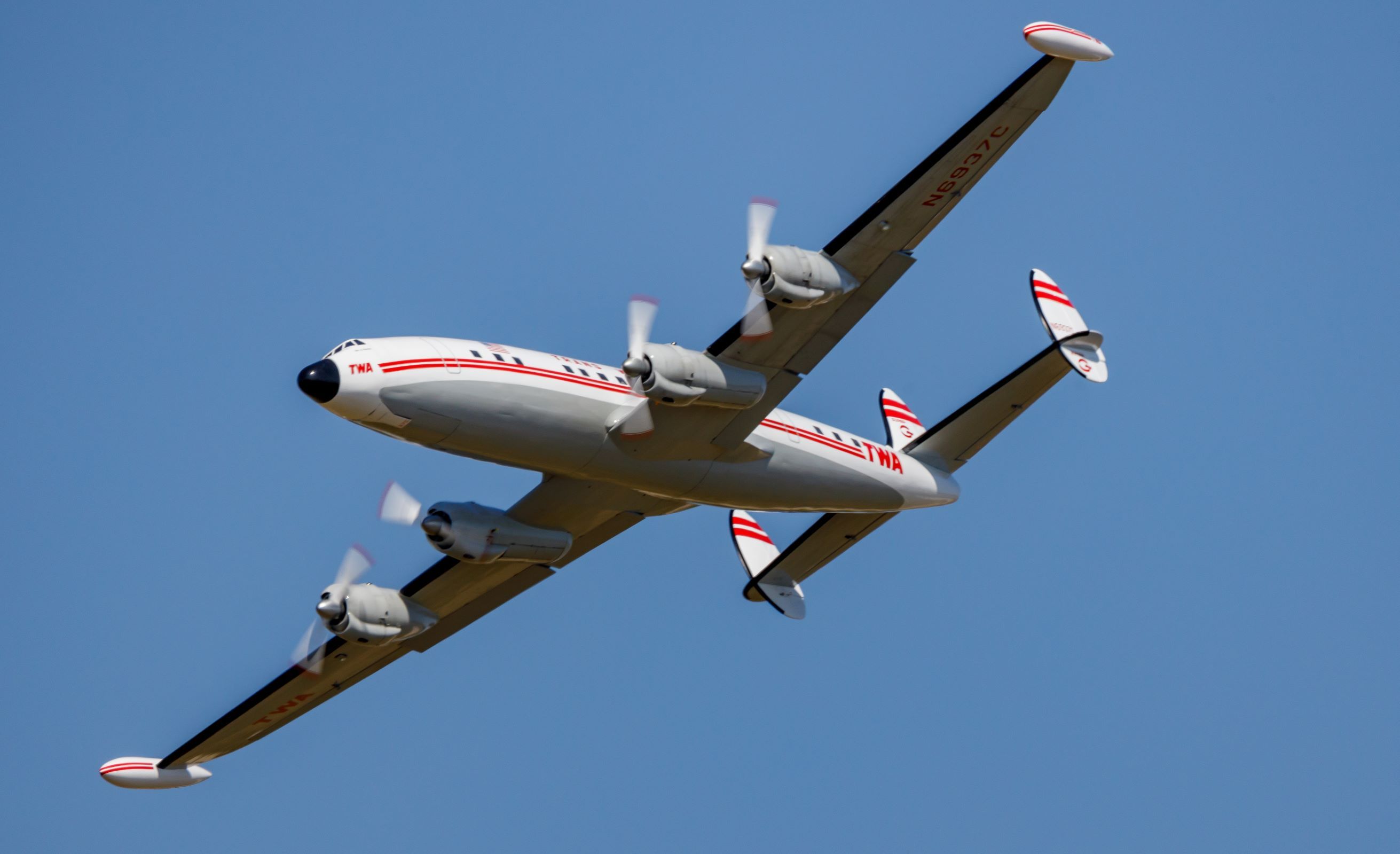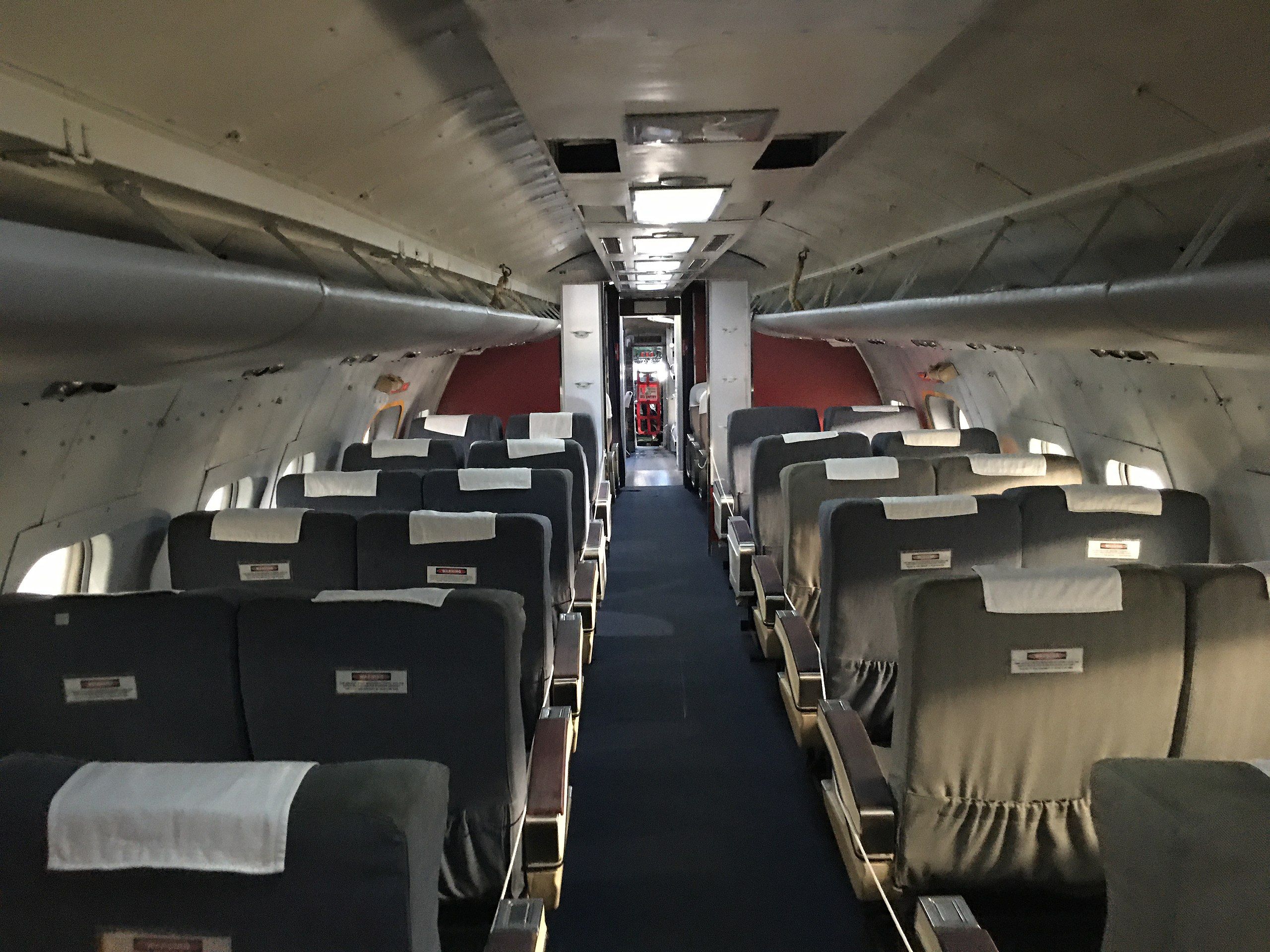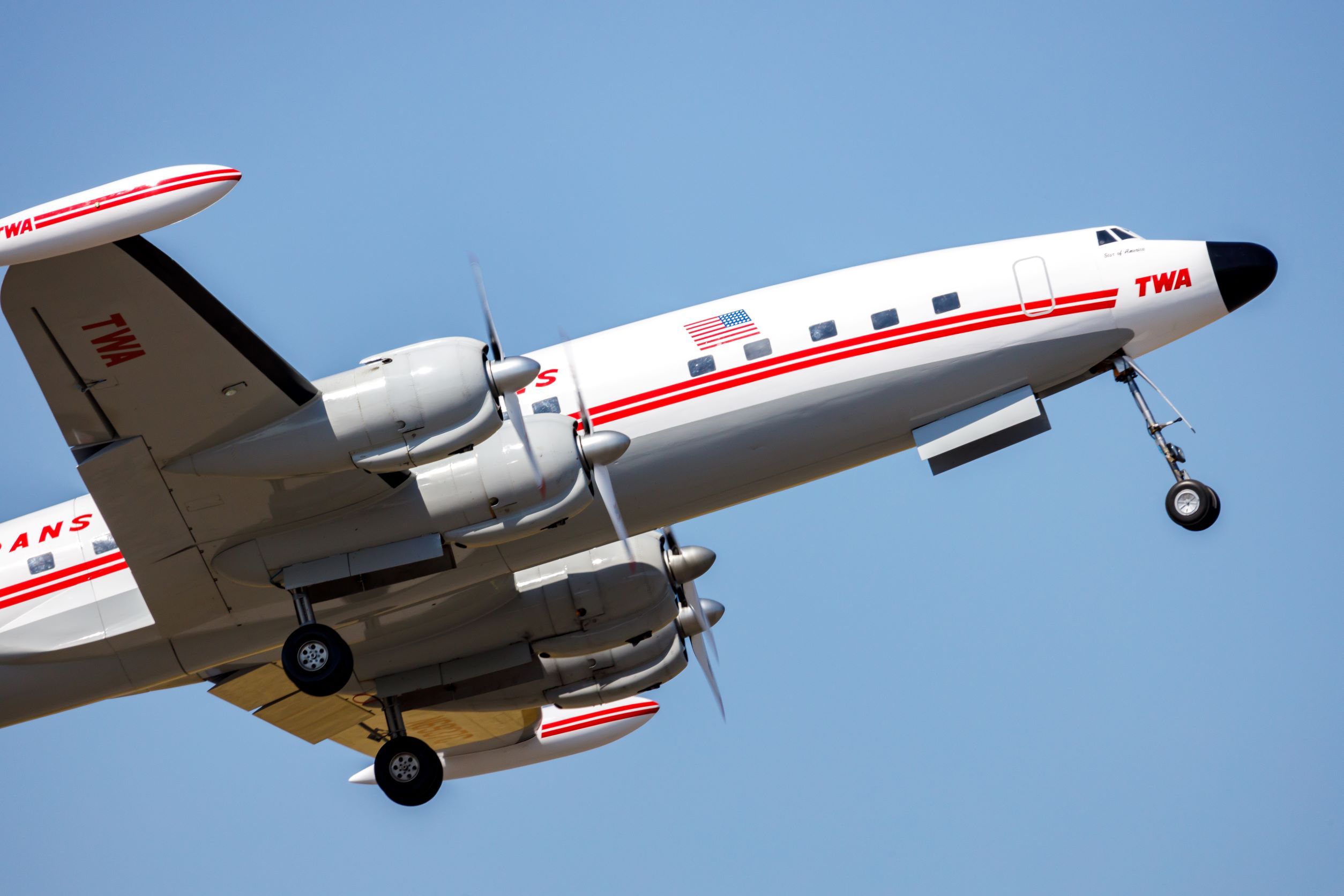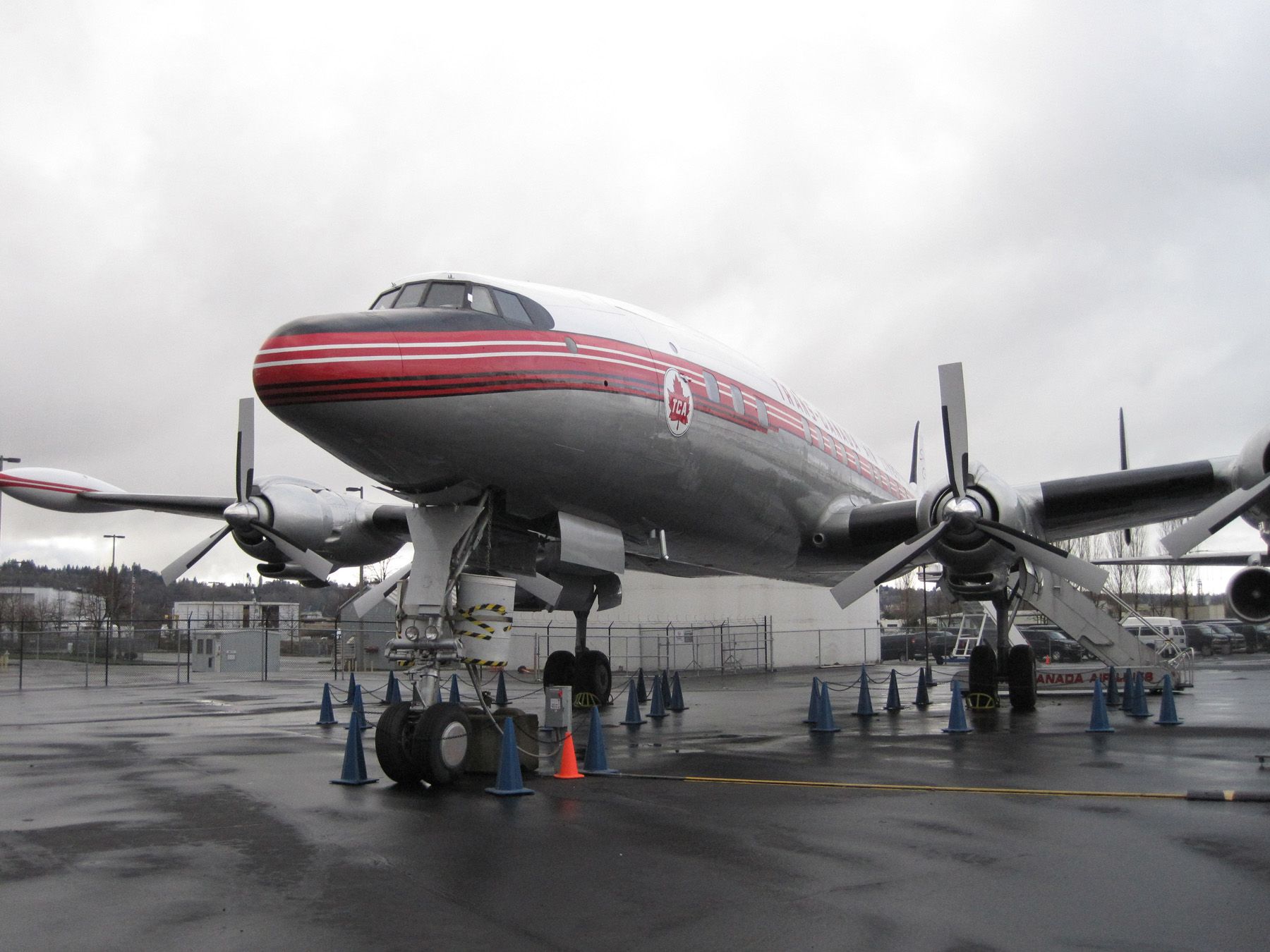Since the first crewed flight 120 years ago, aircraft design has changed several times. Over the years, they have become faster, stronger, lighter, and capable of flying longer distances, with each era of aviation introducing significant changes to aircraft design. The Lockheed Constellation is one such aircraft that revolutionized air travel and initiated today's high-altitude passenger transport.
This aircraft was groundbreaking in so many ways. It put the otherwise small player Lockheed on the commercial aviation map and played an important role in WWII. Aside from its unique design and attractive curves, the Constellation brought us something which has proved invaluable in the development of long-haul, comfortable flying, and that's the ability to fly at high altitudes, thanks to its pressurized cabin.
Call me Connie
The development of the Constellation gave Lockheed Martin a big name in commercial aviation. A relatively small player in this business, focusing on a few larger single-engine planes, Lockheed was vastly overshadowed by industry leader Douglas. Their DC-3 was leading the twin-engine market, and Douglas was already working on a four-engine aircraft, the DC-4E.
Lockheed had been designing the L-044 Excalibur, a four-engine version of the Model 14, as an answer to civil aviation's needs. Still, airlines demanded something bigger, faster, and more of a stride forward than what they were offering. Pan American World Airways came close to placing an order for the Excalibur when Lockheed abandoned the project after meeting Howard Hughes.
In 1939, Hughes had recently taken a majority stake in Trans World Airlines (TWA) and was looking for a company that could build him an aircraft that would give him the jump on United and American. The deals were done secretly, with a caveat that no other airline would be allowed to purchase the Lockheed-developed airplane until TWA had 35 of them.
This was the turning point for Lockheed in developing what would soon be named the Lockheed Constellation, or Connie for short. The manufacturer committed all its resources to developing Constellation, which later became the game changer.
Love aviation history? Discover more of our stories here
Why was the Constellation so groundbreaking?
Lockheed had to be different to fulfill Hughes' requirements for something outstanding. This meant bringing to aviation several innovations not previously seen on passenger planes. The Constellation would have the first hydraulically boosted power controls, be faster than most WWII fighter jets, and feature a pressurized cabin to allow the aircraft to fly above most weather disturbances.
One other aircraft brought with it a pressurized cabin, and that was the Boeing 307. However, when it returned to commercial service after the war, its pressurization systems were disabled. For many years following its introduction with TWA in 1949, Connie was the only passenger aircraft with the pressurization needed to fly at high altitudes.
But bringing such new technology to pass wasn't always easy or safe. During the first two years of operation, two people were sucked out of the Connie in flight, and there are numerous tales of people becoming glued to the toilet when pressurization failed. However, passengers did not lose faith in Connie.
The first coast-to-coast commercial flights
Connie brought with her a series of firsts. As the first commercial aircraft to fly above 12,500 feet, it took passengers out of the "air sickness" zone where the weather was more active. Settling into the jetstream at over 20,000 feet was more comfortable for passengers and less fuel-intensive, enabling the Constellation to operate the first nonstop coast-to-coast US commercial flights.
At the height of her popularity, airlines worldwide operated the Constellation. More than 800 aircraft were built in total, with operators including Pan Am, Air France, BOAC, KLM, Qantas, Lufthansa, and TAP Portugal. It was deployed on various long overseas routes and flew into unchartered territories.
It wasn't until the development of jet airliners such as the de Havilland Comet, the Boeing 707, and the Douglas DC-8 that the Connie began to slip from popularity. Unable to compete with the speed and economics of jet engines, the world's first pressurized aircraft was rendered obsolete. Although Constellations remained in service as freight airliners and military aircraft for many years to come, the last model rolled off the production line in 1959, and by 1980 all but a handful had been retired.
Vital statistics
As the very first of the passenger variants, the L649 and the L-749 were more powerful and had more fuel in the wings than the original L-049. Later came the longer L-1049 Super Constellation and the L-1649 Starliner, with an all-new wing. Let's see how the four line up against each other.
|
L-649 |
L-749 |
L-1049 |
L-1649 |
|
|
Crew |
5 |
6 – 8 |
4 |
5 |
|
Capacity |
60 – 81 |
60 – 81 |
47 – 106 |
99 |
|
Length |
95’3” |
97’4” |
113’7” |
116’2” |
|
Wingspan |
123’ |
123’ |
123’ |
150’ |
|
MTOW |
94,000lb |
107,000lb |
120,000lb |
156,104lb |
|
Speed |
327 mph |
345 mph |
304 mph |
290 mph |
|
Range |
2,290 – 3,995 mi |
2,600 – 4,995 mi |
5,150 mi |
4,940 – 6,180 mi |
As the development of the Constellation moved forwards, the aircraft got larger and generally slower. However, range improvements and massive jumps in the MTOW made the larger variants popular with airlines. Both the L-1049 Super Constellation and the L-1649 Starliner were instrumental in developing the transatlantic market, used by carriers on both sides of the pond to make connections between the continents.
Where is Connie today?
The first routes the Constellation lost to the jetliners were primarily long-haul, but it continued to fly domestically. Its last scheduled passenger service in the contiguous US took place between Philadelphia and Kansas City on May 11, 1967. Some Constellations continued to fly as freighters in the following years.
After halting Connie's production, although it built the L-1011 jetliner, Lockheed did not develop any other revolutionary aircraft. Today, most of the Constellations still in existence can be found in aviation museums around the globe. Some have even been turned into restaurants or cocktail lounges, including one ex-KLM plane, now in New Orleans adorning the Crash Landing Bar.
The Constellation's iconic design and graceful curves will always hold a special place in the hearts of avgeeks around the world. Modern travelers can thank Lockheed for bringing us pressurized cabins, allowing "smooth sailing" on our journeys, at least most of the time.
Do you think the introduction of Connie significantly changed air travel? If you ever flew on one, please tell us about your experience in the comments!




